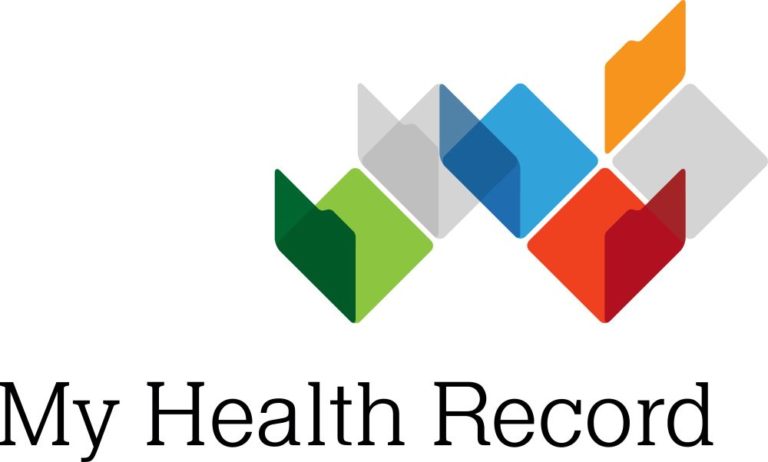Australia’s private health insurance system is under strain. Despite government efforts to encourage more Australians to take up private health insurance, rising premiums and policy changes have driven membership numbers to 11-year lows.
Hospital benefits and allied health benefit payments have contributed most ($4 billion) of the $5 billion increase in benefits payments since 2013. Medical device benefits and surgeon benefits have driven a much smaller portion of overall growth in benefit payments. At the same time, PHI fund operating expenditure and margins have grown relative to payouts.
The medical device industry has been the sole contributor to reducing cost pressures on PHI premiums, through the 2017 Agreement with Minister Hunt. Devices have not been a key driver of premium increases, with the benefit paid per device declining 1% p.a. over this period. Devices represent only 9% of premium revenue growth since FY2013, with growth in device benefits driven entirely by demand.
The report identifies four specific buckets of savings that combined could put downward pressure on premiums in the order of $1B by 2022:
- Streamline insurer opex
- premium restraint from the most profitable providers
- optimise models of care
- reshape the allied health offering
Over the last five years, insurers have collected 50% more profit from each of their members. This has far outpaced the 21% growth in benefits paid out. Operational costs have also outpaced benefit payouts, growing by 28%.
If top performing private health insurance funds constrained their premium growth directly – while still sustaining profitability, $210million can be saved in premium increases for consumers.
Private Health funds have not extracted sufficient economies of scale in the wake of significant revenue growth and many funds are well above the industry average of 9% in operational expenditure. Marketing alone is estimated to be $400m, which is 18% of operating expenses. With improved efficiencies, such as through consolidation of smaller funds, $210million can be saved.
Policy levers such as reducing the number of potentially preventable hospitalisations (PPH), reducing overtreatment of patients, promoting care in the community and reducing readmissions can provide a $290m saving to private health insurance premiums.
Optimising models of care is important for short term savings, and critical for the longer-term sustainability of the health system.
For example, there are a number of measures that have proven to substantially reduce the incidence of falls in the elderly (removing rugs, regular exercise, vitamin and calcium supplements), which are a significant contributor to PPH.
Reshaping allied health to deliver better value for consumers can generate $250m worth of savings. The Federal Government has already implemented reforms which exclude ‘natural’ therapies for which there is no evidence of medical benefit. Insurers could continue to tighten the rules around benefit payouts for alternative therapies for which there is no evidence base.
Medical technologies can improve preventive and primary care greatly improve healthcare outcomes while also reducing costs. Telehealth, remote diagnosis, patient monitoring apps and even advances in home movement monitoring for ‘at risk’ patients can all reduce costs to the system. Many of these devices are not covered by private health insurance and there is often no consistent public funding pathway to facilitate widespread adoption.




